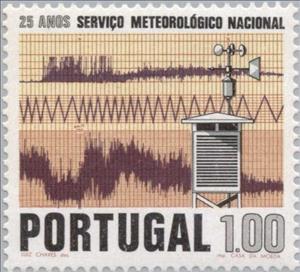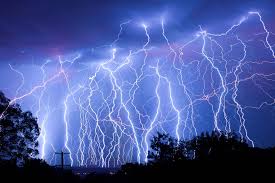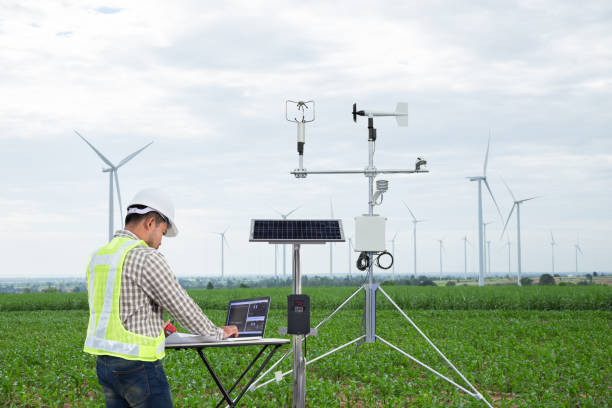Stamp: Automated Weather Data Registration & Weather Station (Portugal 1971)
Automated Weather Data Registration & Weather Station (Portugal 1971)
29 October (Portugal ) within release 25th Anniversary of the National Weather Service goes into circulation Stamp Automated Weather Data Registration & Weather Station face value 1 Portuguese escudo
| Stamp Automated Weather Data Registration & Weather Station in catalogues | |
|---|---|
| Michel: | Mi:PT 1146 |
| Afinsa-Mundifil: | Afi:PT 1116 |
Stamp is horizontal format.
25th Anniversary of the National Weather ServiceAlso in the issue 25th Anniversary of the National Weather Service:
- Stamp - Automated Weather Data Registration & Weather Station face value 1;
- Stamp - Weather Map & Meteorological Balloon face value 4;
- Stamp - Satelite Photo & Weather Satelite face value 6.50;
Stamp Automated Weather Data Registration & Weather Station it reflects the thematic directions:
A musical instrument is a device created or adapted to make musical sounds. In principle, any object that produces sound can be considered a musical instrument—it is through purpose that the object becomes a musical instrument. A person who plays a musical instrument is known as an instrumentalist. The history of musical instruments dates to the beginnings of human culture. Early musical instruments may have been used for rituals, such as a horn to signal success on the hunt, or a drum in a religious ceremony. Cultures eventually developed composition and performance of melodies for entertainment. Musical instruments evolved in step with changing applications and technologies.
Meteorology is a branch of the atmospheric sciences (which include atmospheric chemistry and physics) with a major focus on weather forecasting. The study of meteorology dates back millennia, though significant progress in meteorology did not begin until the 18th century. The 19th century saw modest progress in the field after weather observation networks were formed across broad regions. Prior attempts at prediction of weather depended on historical data. It was not until after the elucidation of the laws of physics, and more particularly in the latter half of the 20th century, the development of the computer (allowing for the automated solution of a great many modelling equations) that significant breakthroughs in weather forecasting were achieved. An important branch of weather forecasting is marine weather forecasting as it relates to maritime and coastal safety, in which weather effects also include atmospheric interactions with large bodies of water.
Meteorology is a branch of the atmospheric sciences (which include atmospheric chemistry and physics) with a major focus on weather forecasting. The study of meteorology dates back millennia, though significant progress in meteorology did not begin until the 18th century. The 19th century saw modest progress in the field after weather observation networks were formed across broad regions. Prior attempts at prediction of weather depended on historical data. It was not until after the elucidation of the laws of physics, and more particularly in the latter half of the 20th century, the development of the computer (allowing for the automated solution of a great many modelling equations) that significant breakthroughs in weather forecasting were achieved. An important branch of weather forecasting is marine weather forecasting as it relates to maritime and coastal safety, in which weather effects also include atmospheric interactions with large bodies of water.



